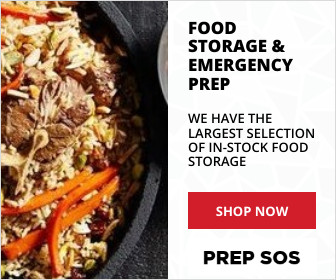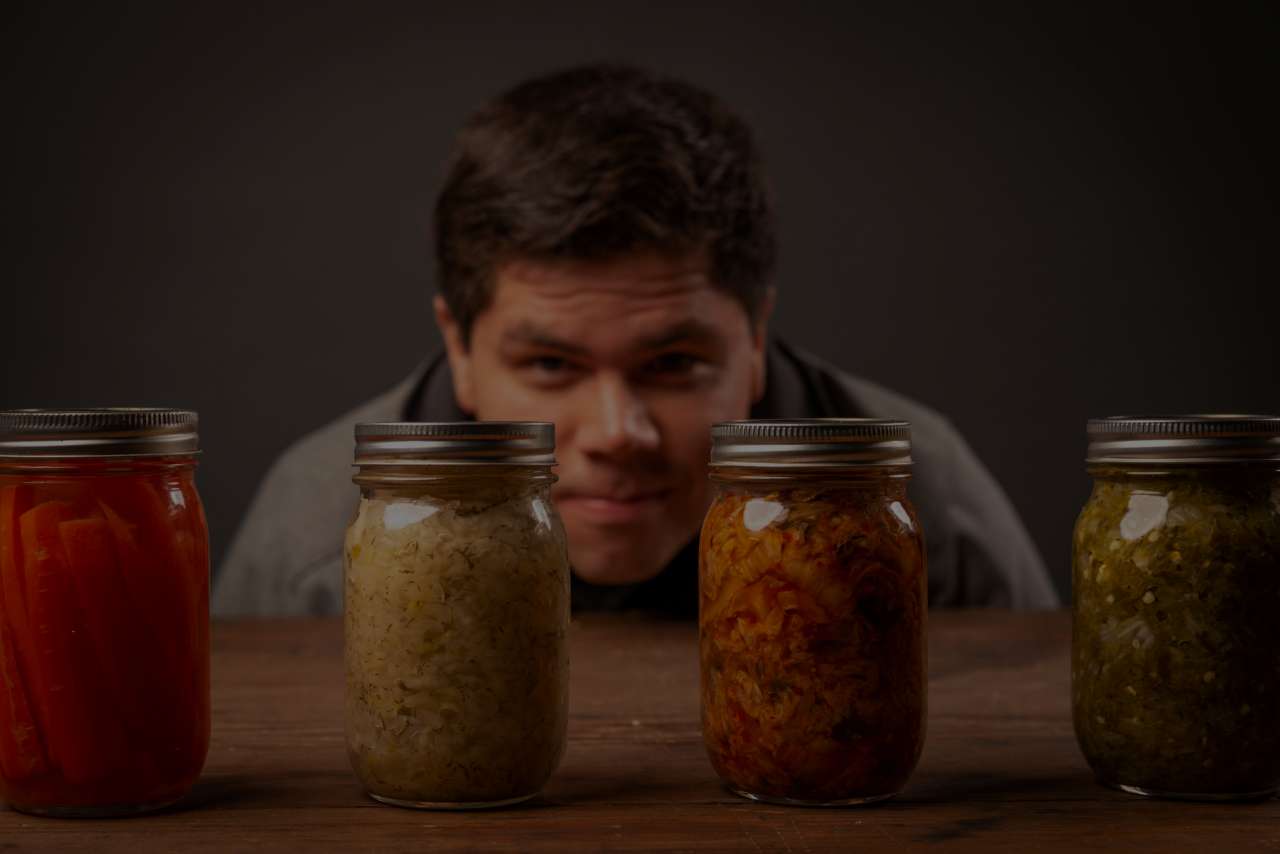
During times like these where the canned food shelves at the local grocery store are nearly empty and the end of the world seems nearer than usual, I’m sure you’ve been wondering, as have I, what we should be stocking up on. Of course, there are the basic canned vegetables and fruits you can buy off the shelf, but what happens when those disappear? Luckily there are many different foods that you are able to can in your own home.
So, what are some of the best foods to can for your survival? Almost anything can be canned, it’s just a matter of what you and your family like and what you need to survive. When planning what to can it’s important to look at the dietary needs of your household, what you have available that can be canned, and what your household likes to eat. After we go through those different things to be aware of, we will go over some different food ideas for you to can and how to can those foods.
What to Know Before Canning
Daily Dietary Needs
Sometimes when we’re prepping, we stock up on what we can get our hands on or what we enjoy eating rather than what we need for daily survival. It’s important to pay attention to the dietary needs of us and our families as we prepare our stockpiles with homemade canned goods.
There are seven essential things that we cannot go without for long. Those things are carbs, fat, fiber, vitamins, minerals, protein, and water. To ensure that we don’t go without those essential things for long, we need food that will provide for those needs. When canning food make sure that you have the following provided for in your meals; fruits, vegetables, dairy, and foods that provide protein. Also, try to limit the amount of sugar, saturated fat and sodium are in your canned items.
Use What You Got and Can What You’ll Eat
The best canned foods are made using fresh foods. If you have a garden, or if you have the desire to start a garden, those fresh foods from the garden will make for delicious canned food later. It will be worth it to start with the fresh foods that you have. Using food from a garden not only improves the quality and ease of the canned food but helps save money as well.
Along with this, if your family hates onions, there’s a good chance that you’re not growing any onions in your garden. The same goes for canning. Don’t can what you know you and your family will not eat. There are many different options of fruit, vegetables, meat, and beans to can so that you aren’t stuck with mountains of canned food that you’ll never eat. Make sure that you’re getting all the vitamins and nutrients you need, but don’t waste your time and energy canning food that will never get eaten.
What to Can and How to Do It
Now, let’s talk about the nitty and gritty of the thing. The following are some ideas for food that will keep your family healthy and that are delicious too. Now, let’s talk about what those ideas are and how to can them.
First, let’s lay out a couple of base rules. There are several methods of canning food. The method you use might change for each food item or group depending on what you’re canning. The methods include water bath canning, steam canning, and pressure canning. Water bath canning is often great to use with more acidic foods such as tomatoes while less acidic foods such as meats and most vegetables need either a pressure canner or a steam canner. For each specific food that you plan on canning, it would be efficient to look up the best method and recipe to ensure that you are getting the most out of the canning process.
Water Bath Canning
Water bath canning may be the best way to start out in your canning journey. The foods that best work with this method are fruits, tomatoes, pickles, and some soft spreads. A specific canner is not needed for water bath canning. A commercial water bath canner or a simple large pot can be used for this method.
Steam Canning
Steam canning came back from a period of unpopularity. It is now a common option once again. It’s different than pressure canning as the cans are processed in constant pure steam from the temperatures 220-212 degrees Fahrenheit. The pressure doesn’t increase but rather just stays the same. The water sits in the bottom and the cans don’t sit in water.
Pressure Canning

Pressure canning is used for less acidic foods such as meats, seafood, most vegetables, soup and meals, and some dairy products (but freeze-drying is best used for dairy). Canning these low-acidic food items can be a bit more difficult and take a bit more experience. It’s always a good idea to follow a safe credible recipe when canning non-acidic foods.
Canning Fruit
If you haven’t done a lot of canning before, canning fruit is a great way to start. It’s easy to start with fruit because fruit is acidic. This means you can use a water bath method to can your fruits, which is most often the easiest method for beginners to get a handle on.
- Apple Juice
- Apple Pie Filling
- Apples
- Applesauce
- Apricot Jam
- Berries
- Blueberries
- Cherries
- Cherry Jelly
- Grape Jelly
- Grape Juice
- Grapes
- Lemons
- Peach Pie Filling
- Peaches
- Pineapple
- Plums
- Raspberry Jam
- Strawberries
- Strawberry Jam
- Strawberry Rhubarb Pie Filling
Canning Vegetables
Vegetables will almost always need to be canned using a pressure canner. This way the food is still safe to eat once it is canned and put away into storage. The only way it can be processed without a pressure canner is if acid is added to the recipe.
- Asparagus
- Bread and Butter Pickles
- Baked Beans
- Caramelized Onions
- Carrots
- Corn Cob Jelly (A nice way to use all of your corn crop. It tastes like honey.)
- Corn Relish
- Creamed Style Corn
- Crushed Tomatoes
- Dill Pickles
- Dried Beans
- Fresh Canned Corn
- Fresh Canned Green Beans
- Jalapeno Relish
- Minced Garlic
- Okra
- Peppers
- Potatoes
- Pumpkin
- Shell Peas
- Spinach
- Squash
Canning Meat and Beans
Like vegetables, meat most often has to be canned using a pressure canner to ensure the safety of the food being canned. It’s important to find a good recipe for the kind of meat or beans you’re canning because then it will have a better chance of turning out.
- Bone Stock
- Breakfast Sausage
- Chicken
- Chicken Stock
- Chili with Meat
- Dry Beans
- Ground Beef
- Pork and Beans
- Roast Beef
- Venison
Canning Other Items
Again, like the other items, specific items will need to be researched to find the best recipe and method of canning.
- Butter
- Chicken Noodle Soup
- Flour and Dry Goods
- Salsa
- Spaghetti Sauce
- Tomato Soup
- Vegetable Soup




